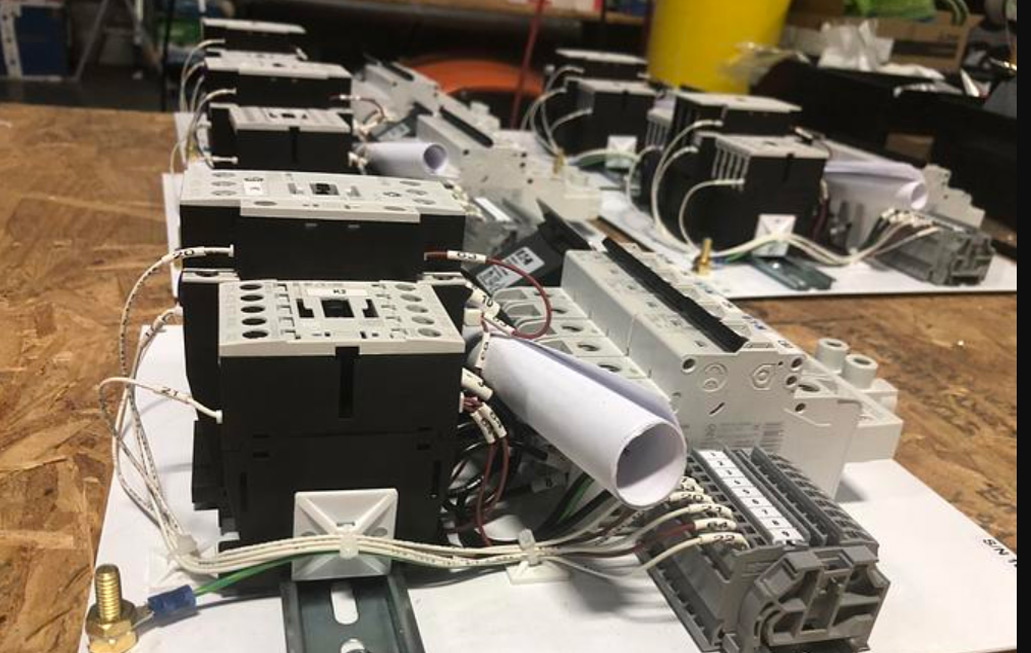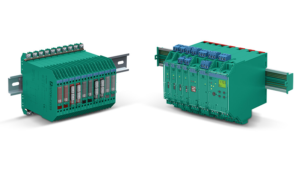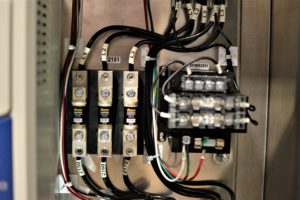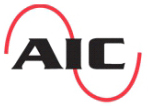Circuit protection is an important component in any automated industrial system and is part of the National Electrical Code (NEC, NFPA:70) and standards for industrial machinery. Proper protection reduces the risk of catastrophic events, the need for warranty claims, and equipment repairs or replacement. At Applied Industrial Controls, Inc., we offer a wide range of circuit protection devices to keep your operations running smoothly. Whether it's fuses, circuit breakers, short circuit protection, surge protective devices (SPDs), or intrinsically safe barriers, we have what you need to keep your circuits protected and your operations safe.

When Should I Use a Circuit Breaker vs. Fuse?
A circuit breaker is an overcurrent device designed to open or 'trip' an internal switch without damaging the internal components when in an overcurrent condition. A fuse is an overcurrent device with a metal fusible part that becomes overheated and opened or 'tripped' when excessive current passes through it. When designing an industrial control system, an important variable to consider is the short circuit current rating or SCCR for the system. Commonly, fuses protect higher SCCR values over 10kA or better. Circuit breakers can be used; however, coordinating the various components to handle the higher SCCR can be challenging when using power distribution blocks for multiple load distribution. Higher SCCR ratings will often increase the material costs, especially when using circuit breakers. Fuses are typically standardized by trip classes, and industrial equipment is often tested with fuses and given an SCCR rating. This makes it easier to set the SCCR and have reliable circuit protection. Some equipment only permits protection by fusing, such as some variable frequency drives (VFDs) brands. Power distribution blocks are often tested with fuses and given an SCCR rating. Fuses are larger than circuit breakers as the amperage rating increases and, therefore, more space within the panel. They will also need to be replaced once they break the circuit, which can be an added cost over the lifetime of the equipment or upfront in the cost of spare components. Circuit breakers can be reset. If the circuit is broken, there is an opportunity to troubleshoot the system, correct the problem, and then reset the circuit breaker. In many cases, the circuit breaker can even be used in place of the panel disconnect or motor disconnecting mechanism, reducing overall panel costs. As mentioned above, coordinating circuit breakers with higher SCCR ratings requires ingenuity and is rarely straightforward. This is because circuit breakers do not have trip classes, and equipment and power distribution blocks are not tested with them or rated for such classes. This can cause panels to fail onsite inspections or prevent them from getting UL508A certification.What Is the Difference Between Circuit Breaker (UL489) vs. Supplementary Protectors?
The UL489 circuit breaker is designed for use in a circuit breaker panel or installed on other devices. These circuit breakers can be used as a single device protecting a circuit. The UL1077 supplementary protectors are designed for use in equipment where branch-circuit overvoltage protection is provided by another device or not required. They are not rated as dedicated circuit protection. Also, these supplementary protectors are installed in factory for specific products. UL489 circuit breakers must pass more complex testing than UL1077 supplementary protectors and must pass an onsite inspection to achieve UL508A certification.
The UL489 circuit breaker can protect multiple devices simultaneously, and the UL1077 supplementary protector is usually designed to protect only one device. A UL489 circuit breaker can be used for the same application as a UL1077 supplementary protector; however, the UL1077 cannot be used in place of a UL489.


When Should I Use Surge Suppression & Power Conditioners?
Surge suppression devices are typically used to protect intricate and expensive electronic devices, especially in a panel where circuits enter or exit. When high voltage surges are generated from external conditions, such as a lightning strike, the surge suppressor will direct these surges to the ground and away from the equipment. Power conditioners are installed upstream of electronic devices like DC power supplies and programmable logic controls or PLCs. They are used to flatten or clean the initial power wavelength to match operating conditions. Line filters or line reactors reduce the amount of electrical noise upstream from variable frequency drives (VFDs). They can be necessary to meet harmonics requirements if you are not using a low harmonics drive such as ABB's ultra low harmonics (ULH) drives.What Is an Intrinsically Safe Barrier and Why Should I Use It?
An Intrinsically Safe Barrier (IS Barrier) is a protection device for electrical equipment located in hazardous areas of an industrial plant or process. When current surges to a device, there is a risk that it could become ignited, and the intrinsically safe barrier protects the device by directing the surge away from it. Intrinsically safe barriers must be used for any electronic device located where hazardous chemicals, gases, or other ignitable atmospheres are present. They limit the energy to prevent any possible fires and explosions from occurring. These types of devices will be identified with a classification that confirms they can be used as intrinsically safe protection.


What Is Short-Circuit Current Rating, and Why Is It important?
Short Circuit Current Rating (SCCR) refers to the maximum short circuit current that a device can safely withstand over a specified time while using an overcurrent protective device.
SCCR ratings are important because without knowing the level of fault current that a piece of equipment can safely withstand, there is the potential for personal injury from shock or system damage because the circuit protection device may not be sized properly for the equipment.
Contact Applied Industrial Controls, Inc. today for any questions or concerns regarding your circuit protection needs.
MANUFACTURERS CERTIFICATIONS

